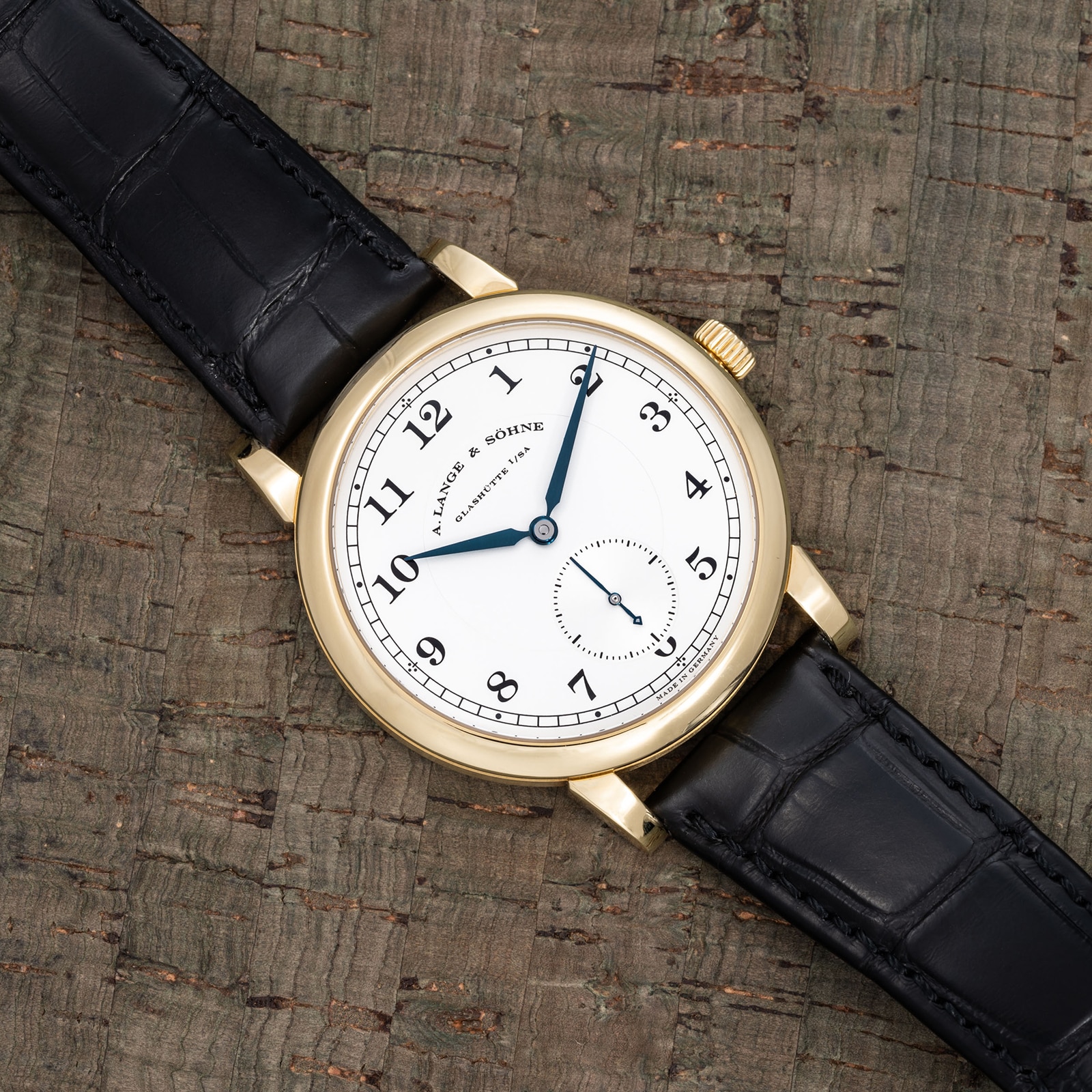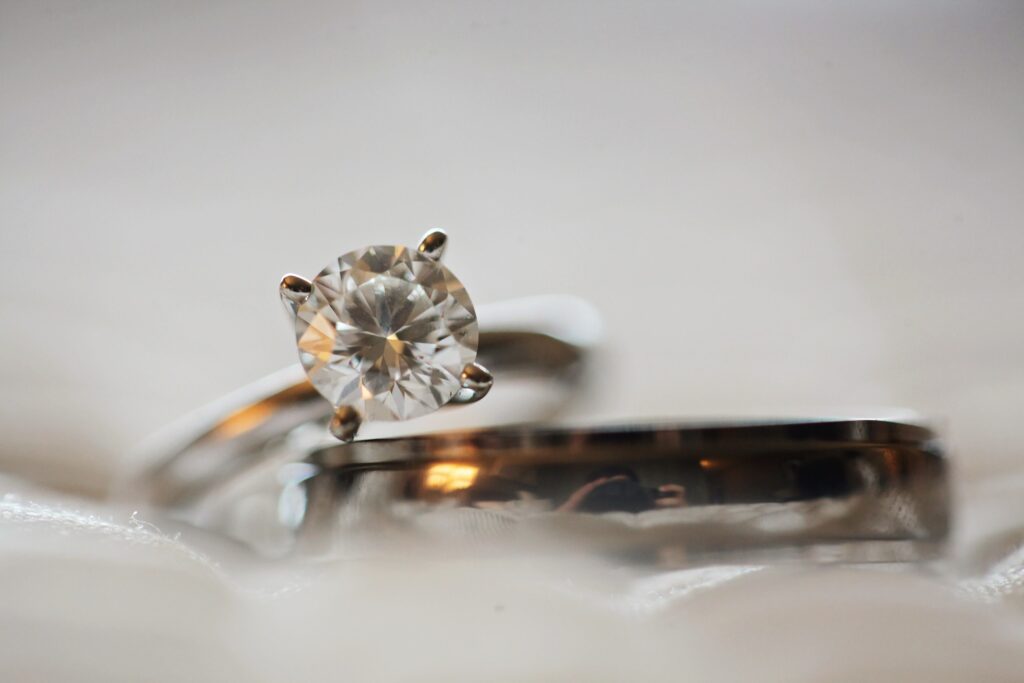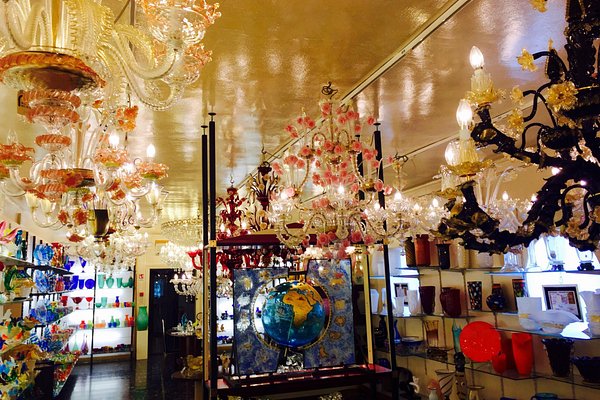Italy, a land steeped in history, culture, and artistic prowess, has long been revered for its exquisite craftsmanship and timeless elegance. From the sun-drenched shores of Sicily to the picturesque canals of Venice, Italian gifts reflect the country’s rich cultural heritage and unparalleled artisanal tradition. Let’s embark on a journey to uncover the origins of Italian gifts from Italy and delve into the storied techniques that have captivated the world for centuries, including the renowned Murano glassmaking techniques.
A Tapestry of Tradition: Origins of Italian Gifts
Italian gifts for her are as diverse and eclectic as the regions from which they originate, each bearing the distinctive imprint of local culture, tradition, and craftsmanship. From the rolling hills of Tuscany to the bustling markets of Naples, Italy’s artisanal treasures span a wide spectrum of materials and techniques, showcasing the ingenuity and creativity of its artisans.
In Tuscany, renowned for its leather craftsmanship, handmade leather goods such as bags, belts, and wallets are crafted with precision and care using time-honoured techniques passed down through generations. In Sicily, intricate ceramic tiles and pottery adorned with vibrant patterns and motifs reflect the island’s rich history of Moorish and Norman influence.
The Timeless Allure of Murano Glass
Among Italy’s most celebrated artisanal traditions is the art of Murano glassmaking, which has flourished on the island of Murano in the Venetian Lagoon for centuries. Renowned for its exquisite beauty and masterful craftsmanship, Murano glass is prized for its clarity, brilliance, and intricate designs.
The origins of Murano glassmaking can be traced back to the 13th century when the Venetian Republic ordered glassmakers to move their furnaces to the island of Murano to prevent the risk of fire in Venice’s densely populated city centre. This relocation not only safeguarded the city but also laid the foundation for the development of Murano’s renowned glassmaking industry.
The Artistry of Murano Techniques
Murano glassmaking techniques are characterized by their precision, complexity, and artistic flair, with master artisans employing a variety of time-honoured methods to create stunning works of art. One such technique is Millefiori, which involves layering thin slices of glass rods to create intricate patterns reminiscent of floral motifs. Another technique, known as Filigree, involves weaving delicate strands of coloured glass into intricate patterns, resulting in pieces that are both delicate and striking.
Other notable Murano techniques include Sommerso, which involves layering different coloured glass to create a multi-dimensional effect, and Avventurina, which incorporates flecks of gold or silver to create a shimmering, metallic finish. Each of these techniques requires years of training and expertise, with master artisans dedicating their lives to perfecting their craft and preserving the rich legacy of Murano glassmaking.
Preserving Tradition in a Modern World
In today’s fast-paced world, the allure of Italian gifts lies not only in their exquisite beauty and craftsmanship but also in their ability to preserve tradition and heritage in an ever-changing landscape. While modern technology and globalization have brought new opportunities and challenges to Italy’s artisanal traditions, the commitment to preserving time-honoured techniques and fostering creativity remains as strong as ever.
Whether it’s a handcrafted leather bag from Florence, a hand-painted ceramic vase from Sicily, or a dazzling piece of Murano glass from Venice, Italian gifts continue to captivate the imagination and inspire admiration around the world. With their timeless elegance, unparalleled artistry, and unwavering commitment to excellence, Italian gifts serve as a testament to the enduring legacy of Italy’s rich cultural heritage and the boundless creativity of its artisans.











